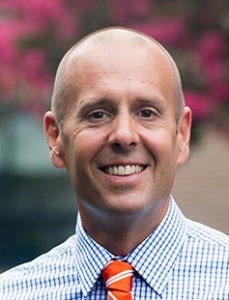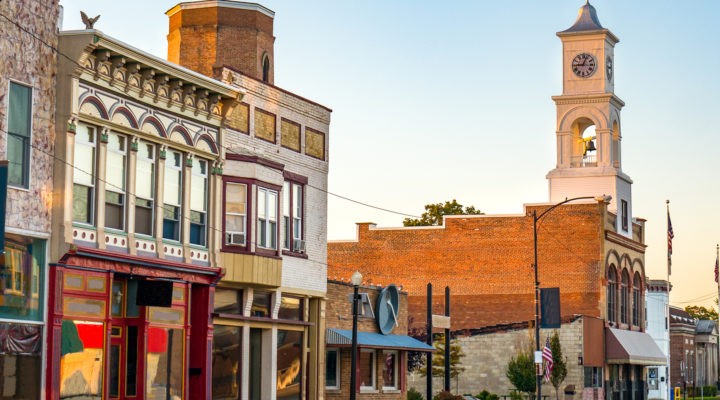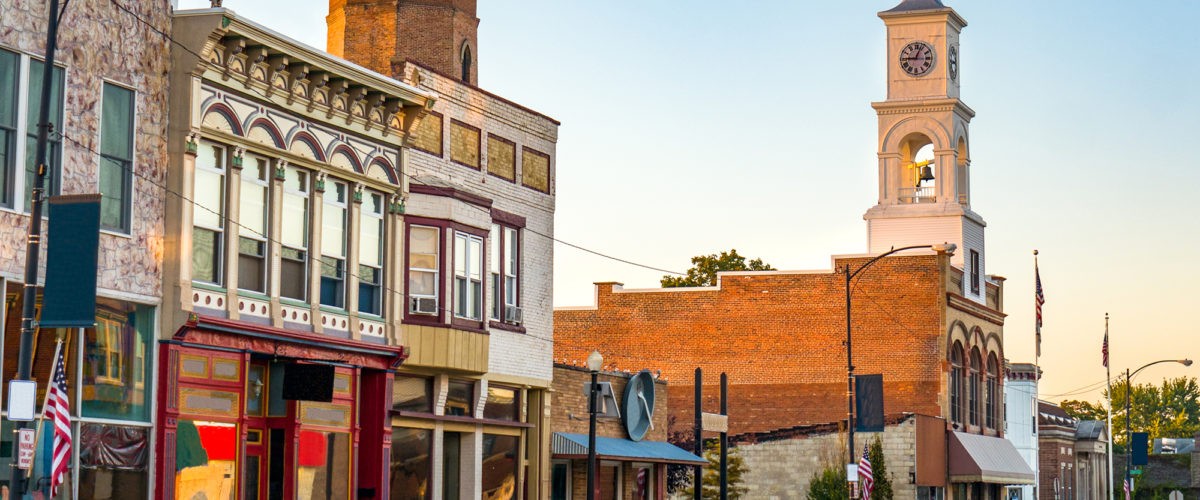Originally being from the Upper Midwest, Justin began to undertake a process of cultural learning upon moving to the South (first to Texas and eventually to North Carolina). This included practicing subtle but important language differences (like using “y’all” rather than “you guys”), accepting cultural differences in the definitions of barbeque (is it a noun or a verb?, should it be pork or beef?, Eastern or Western style?, The answer: yes), and learning after some time that the saying “Bless their heart” was not actually meant to confer a blessing on someone.
What he gained was cultural capital.
Cultural capital depends on the context and history of a place and the people in it. As Flora, Flora and Gasteyer define it, “Cultural capital is how we see the world and what we value. It links the seen to the unseen, making meaning of our collective and individual lives. It gives identity, both in terms of who we are and who ‘the other’ is.”

(123rf.com)
The sociological literature most often describes cultural capital as a means of social separation. Some cultural practices come to be viewed as high status assets that provide advantage. Examples might be knowing about fine wines or being immersed in and knowledgeable about classical music or literature. These markers of status can provide individuals with pathways into certain social networks, higher social status, certain jobs and more, while also serving to restrict and exclude others based on these cultural distinctions.
In his study of rural schooling, Michael Corbett argues that education in many rural areas embodies this idea of cultural capital because it has become disconnected from the cultural and natural capital of place. Specifically, he describes his experiences and research in a coastal fishing community, arguing that “formal education has been … loosening ties to particular locales and promoting out-migration from rural places.”
This is part of what Corbett calls a “persistent paradox in rural education.” Namely, that rural communities benefit from the human capital produced by schooling, but the institution of rural education tends to propel young people out of the community for good. And for those that stayed in the rural community Corbett studied, he observed lower levels of formal education overall, which should not be interpreted as a suggestion of “less educated.”
Corbett envisions a different situation in which “leaving and returning should be supported in a number of ways, all of which focus on the sustainability and importance of rural communities.” To this end, he offers a number of policy recommendations, including a focus on place-based education in rural schools that might better draw on the experiences and cultural capital of people in the community.
Sociologist Robert Wuthnow, in his book Small-Town America, echoes this approach and explains a local view on the importance of cultural capital when he writes, “But in small towns it also matters to have locally specific cultural capital.” Wuthnow goes on to describe the instrumental importance of this cultural capital (like knowing who to go to for car repairs), its role in creating and bolstering social relationships, and its ability to connect people to place and history through traditions and storytelling.
“Cultural capital is a set of unique assets of a community that connect people to each other and to place. “
From this perspective, cultural capital is a set of unique assets of a community — the values, traditions, symbols, linguistic styles, food, music, geography, work and more — that connect people to each other and to place. Each place has unique cultural capital, but each place also has a diversity of cultural capital as well.
In courses that we offer at Campbell University focused on understanding rural communities, undergraduate students are assigned a project to present on a community symbol of their hometown. Many, though not all, of these students come from rural communities and small towns from across North Carolina and the American South.
In conversations with students about this assignment over the years, they often report not thinking much of their community symbol at first, especially considering that they grew up in that town and over time began to take it for granted (or even dismiss it in some ways). But upon further exploration, a water tower, a football field, a downtown mural, an annual parade, a local store or restaurant can come to represent the story of a town. Students begin to see the real and symbolic importance of these places and events because they connect us, help us tell our stories and allow us to pass down our traditions.
The rural church, of course, is another social institution to consider because of its integral role in the community. It is a rich cultural source in and of itself. But given this discussion, how does the rural church recognize and embody the unique cultural assets of the communities it serves? How does the church envision and support a new way forward that does not promote out-migration? If we hold Flora to be correct when stating, “cultural capital determines what we think is right and what is possible to change,” then how great is the local church’s responsibility to pay heed to the cultural capital of its community?
“How does the rural church recognize and embody the unique cultural assets of the communities it serves?”
Consider the implications of this last question for the role of the church in changing systems of exclusion, inequity and marginalization in the community. Jesus turned cultural capital on its head when he did things like wash others’ feet, ride in a military style parade on a donkey, eat with tax collectors, sinners and Pharisees. These were practices of humility and service, where all were welcomed, but they also were acts of radical love, grace and mercy that challenged us to see the kingdom of God as more inclusive. Thankfully so, as most of us who profess to be followers of Christ are Gentiles.
Understanding the cultural capital of our communities helps us celebrate the beauty and history of place while holding in tension the parts of that history and culture that need to be challenged and changed. We challenge you to start with taking a deeper look at culture, what it means and then consider what God might be calling your house of faith to do and be in that place.
A few ideas:
- Conduct a culture exploration group with your congregation and invite an ethnically different congregation to participate. Learn together by exploring questions such as these:
- What is/are your town’s cultural symbol(s)? What do these mean to people?
- How does your symbol connect to the community?
- Which cultural capitals does the symbol embody or exemplify?
- Would a new member of the community understand the symbol’s significance?
- How does the symbol embody the community’s values?
- What does it tell us about the possibility for change?
- Do a windshield survey of your community and note the cultural symbols, perhaps as part of an individual or group process to inform the first question above.
- Support place-based education models that reassign the importance and value of skills vital for your community’s flourishing.

Brian Foreman

Justin Nelson
Brian Foreman serves as executive director of the Center for Church and Community at Campbell University. Justin J. Nelson serves as assistant professor of sociology.
Previous articles in this series:


